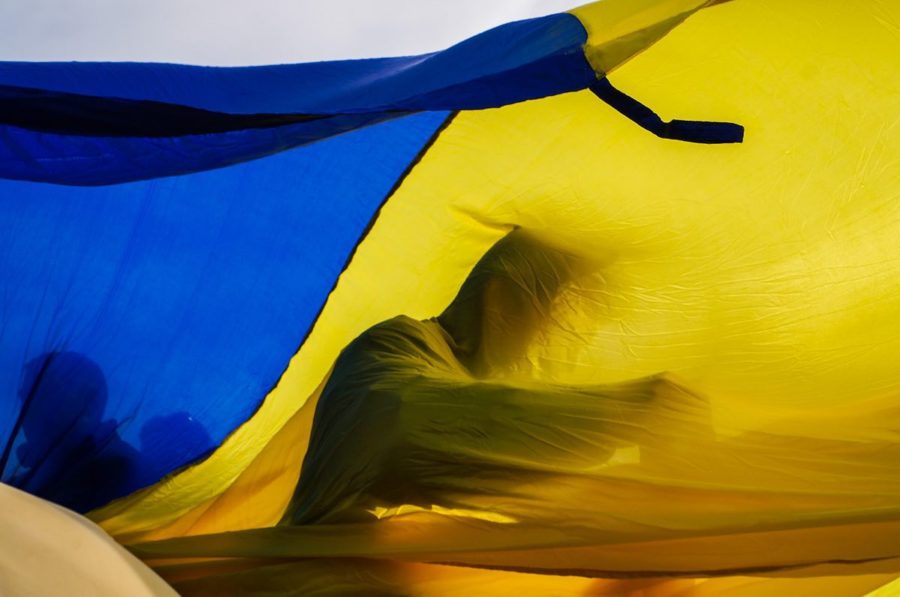In a one-off event at the Stephen Lawrence Gallery, Slidefest brings together five photographers exploring overlooked aspects of Palestinian life


In a one-off event at the Stephen Lawrence Gallery, Slidefest brings together five photographers exploring overlooked aspects of Palestinian life

Shot in arms fairs around the world over the last eight years, Nikita Teryoshin’s Nothing Personal reveals the chilling business of conflict

Photojournalist Mariusz Smiejek has spent much of his life attempting to understand conflict in the North of Ireland. His Belfast exhibition shows the lasting impact of the violence

For almost a decade Morgan Ashcom thought his images of Palestine’s West Bank had been destroyed – now, after rediscovering the corrupted film, he considers them a metaphor for oppression

Chekachkov is working in Lviv as a fixer, helping the international press document the crisis. As the war between Ukraine and Russia prevails, the photographer reflects on the shifting state of identity

Photographer Donovan Wylie discusses past work, and the role of the artist in times, and places, of conflict

“I’m thrilled to be given the opportunity to lead an organisation I have admired for so many years,” says Shoair Mavlian of her new role, director of Photoworks. “I look forward to working with the team, developing partnerships and supporting artists at local, national and international levels to connect new audiences with photography.”

“This image documents a transcendental fact in the life of the person portrayed: Amadou had just been rescued from the sea by a European vessel,” says Dezfuli. “Apparently his dream is fulfilled. However, fear, mistrust and uncertainty are present, as well as determination and strength.” For his series, Passengers, photographer Cesar Dezfuli took a sequence of 118 photographs in 120 minutes as a boat load of refugees were rescued just off the coast of Libya. These people had journeyed from different countries looking for a better future in Europe.

“The exhibition just becomes this transition point. There will be new artwork created by the exhibition. I think that’s exciting: it means it becomes alive. These often tragic stories will continue living in other forms, whether through painting or through music, so it’s about making the exhibition a place of life and a celebration of that life,” says Giles Duley, the photographer who has spent months travelling Europe and the Middle East to document the refugee crisis with UNHCR. Taking images from his photobook, I Can Only Tell You What I See, the display will feature artists in residence, a soundscape from Massive Attack and will host an evening supper so as visitors can sit and discuss the work and the wider problems surrounding the refugee crisis.

“I meet people with more empathy and more care towards one another in war situations or in conflict around the world than I have ever experienced in Europe. People want to share the little they have with me because I have talked to them and shown an interest in them,” says Jan Grarup. His work has taken him to the sites of the worst conflicts – from obvious examples such as Iraq and Iran, to forgotten areas like the Central African Republic. Each place he visits, he stays to learn about the culture and customs of the people before taking their photographs. In these places of despair and destruction, Grarup often finds hope and resilience. But the Western world needs to be more active and share the responsibility to help these regions return to a peaceful existence.